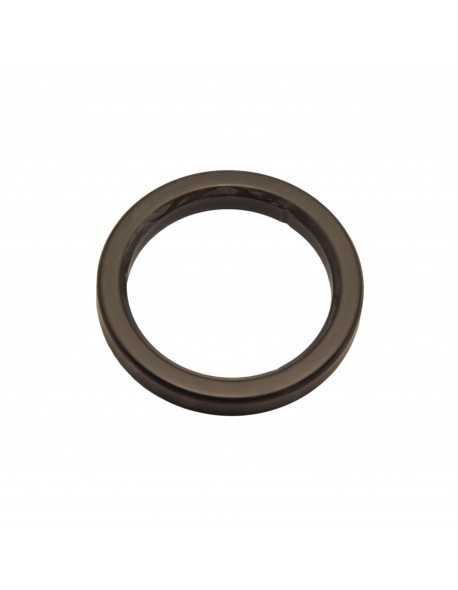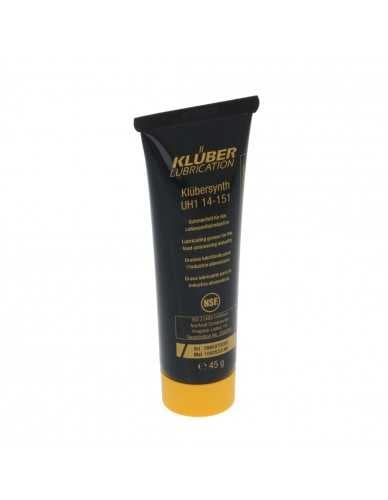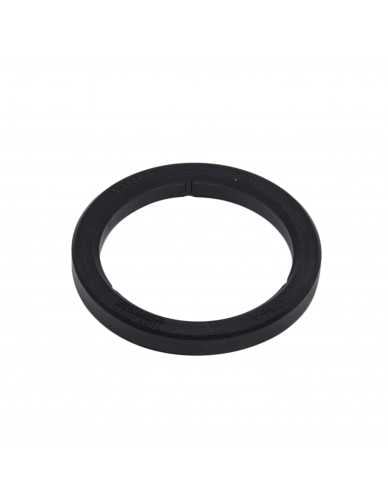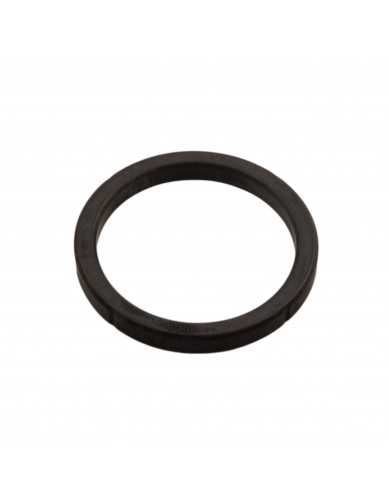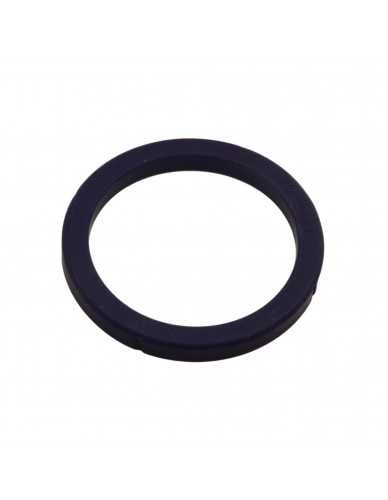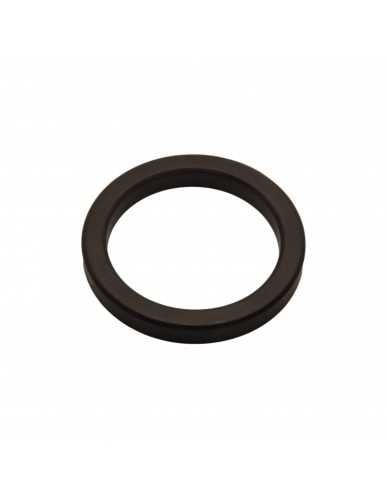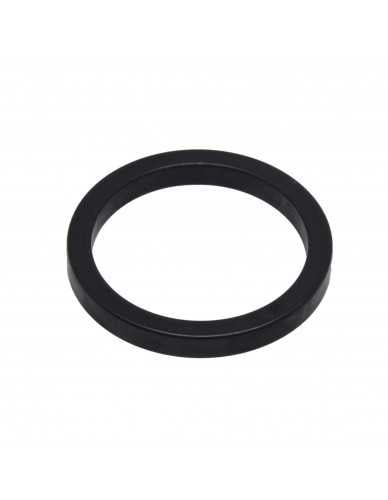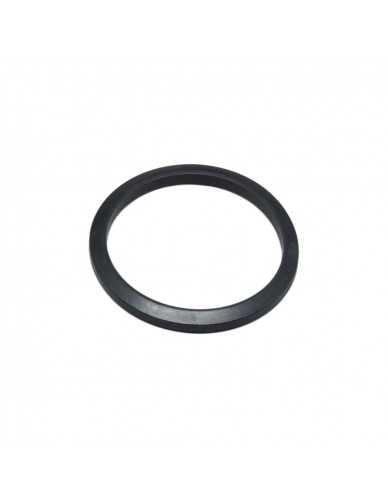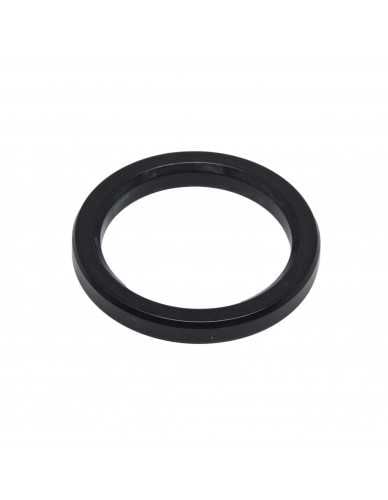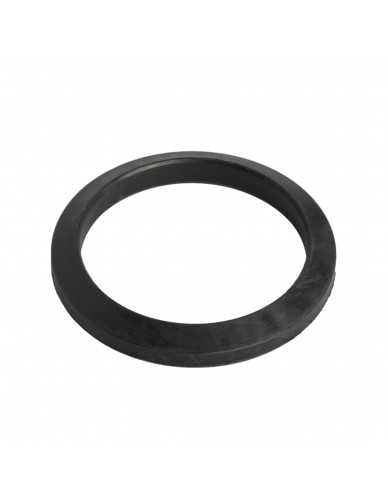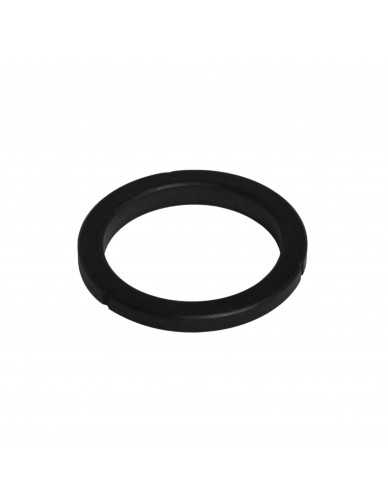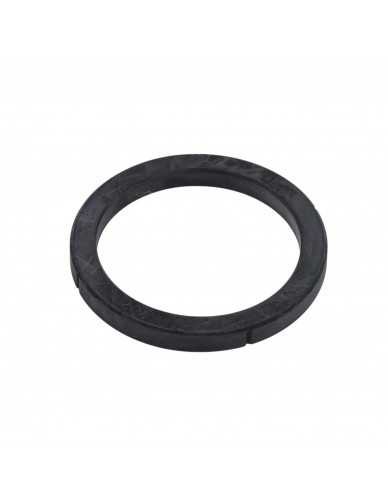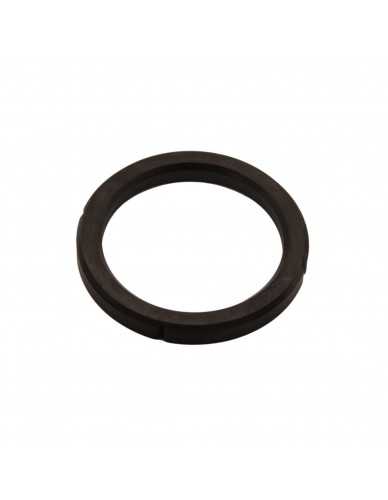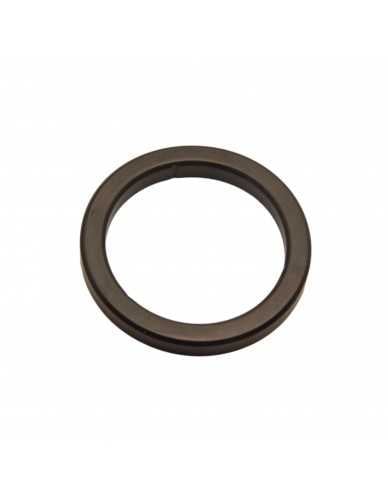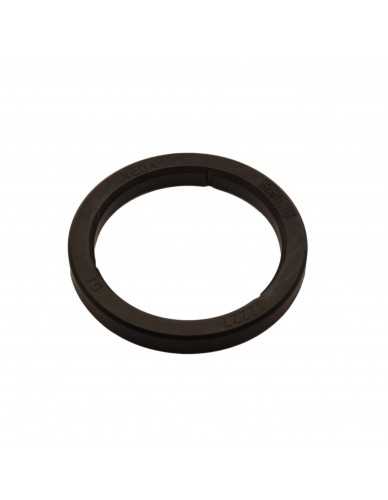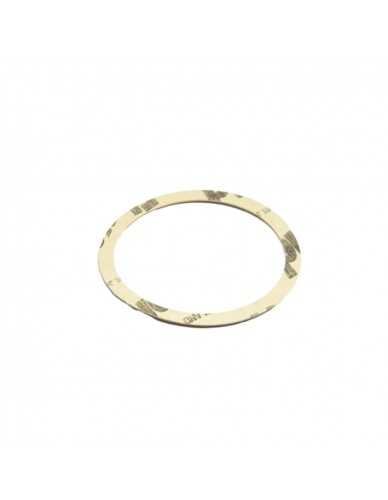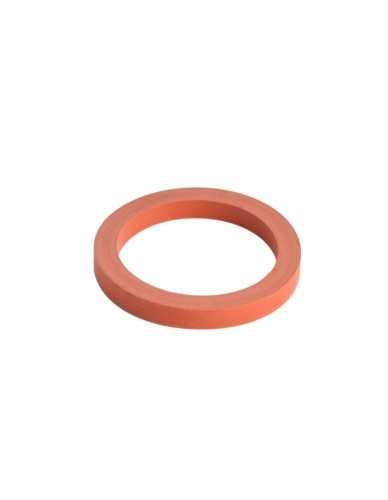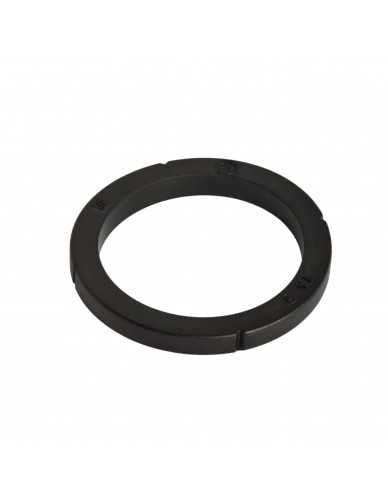Specifications
The portafilter gasket on this page is used on various Wega espresso machine models. The Wega part reference for this item is WY12228.
This portafilter gasket has been made from NBR. This gasket has a outer diameter of 73mm a inner diameter of 57mm and a thickness of 8,5mm. There are on the inside 3 cuts. This gasket has been made in Italy.
You can use this filter holder gasket on a variety of Wega espresso machine models such as the Wega Airy, Wega Antares, Wega Colosseum, Wega Euro 2000, Wega Formula Milano, Wega Polaris, Wega Syntesis, Wega Start. For the complete model overview check the extra info tab.
Extra Info
| Gasket Material | NBR |
| Portafilter gasket thickness (mm) | 8.5 |
| Portafilter gasket outer dimension (mm) | 73 |
| Portafilter gasket inner dimension (mm) | 57 |
| Wega | Airy, Antares, Atlas, Colosseum, Combinova, Espressa, Euro-2000, Formula-Milano, Junior, Mininova, Nova, Novecento, Polaris, Sphera, Start, Syntesis, Orion Eco, Vela |
| Type part | Portafilter gasket |
| Brand | Wega, Orchestrale |
| part number | Wega WY12228 |
| Country of manufacturing | Made in Italy |
Reviews (0)
No customer reviews for the moment.
Frequently Asked Questions
Well that answer is pretty simple, no it isn’t. The original valve works as following, when you turn the shaft inwards the valve pin will push a gasket holder. The steam can go out, close it again and no steam can go out. In the case of the modern E61 valves is that behind the gasket holder is a small stainless steel ball with a spring.
From the beginning of the Faema E61 brewing group are basically no differences between the parts installed inside the brewing group. Parts such as the valve gaskets, springs, valve assemblies and portafilters have all remained the same. The biggest change is the small cleaning hole on the front of the brewing group. With the earliest models this hole didn´t exist.
There are 5 types of boiler used on the Faema E61 espresso machine. The most well known is the double flanged model. You have on one side the heating element flange and on the other side the water level flange, both are out of production. These are held in place with aluminium boiler rings. For the single groups you have a boiler with a flange on one side.
The next model is a stainless steel boiler, with one flange. This type of boiler is less common then the copper boiler above. There is also a later model stainless steel, which doesn’t have a removable flange. Both these boilers have corrosion issues, this has to do because of the stainless steel.
The latest model is also a copper boiler, this boiler has a single heat exchanger(HX) in the middle. Most modern espresso machines have for each individual brewing group a individual HX.
Yes it is, but this depends on various factors. The first thing is experience, seen this is a manual operated espresso machine it requires a lot more attention from the barista then a solenoid operated model. There you need to stop the brewing process manually. If you don’t have the experience you probably can’t hold up with the tempo which is required at such a bar. Then I would advice to go for the Faema E61 Jubilee, this is the solenoid operated version of the Faema E61 Legend espresso machine.

